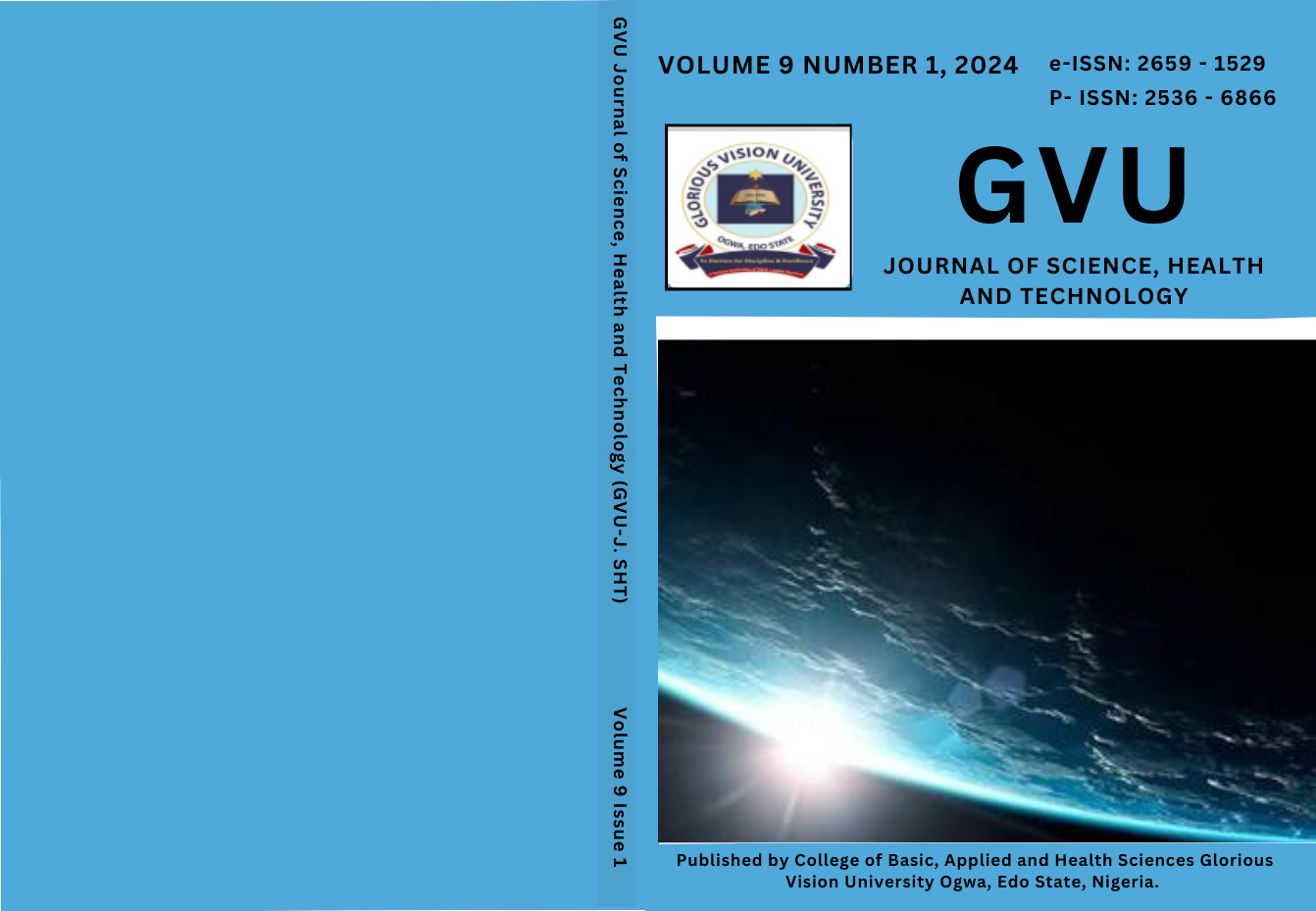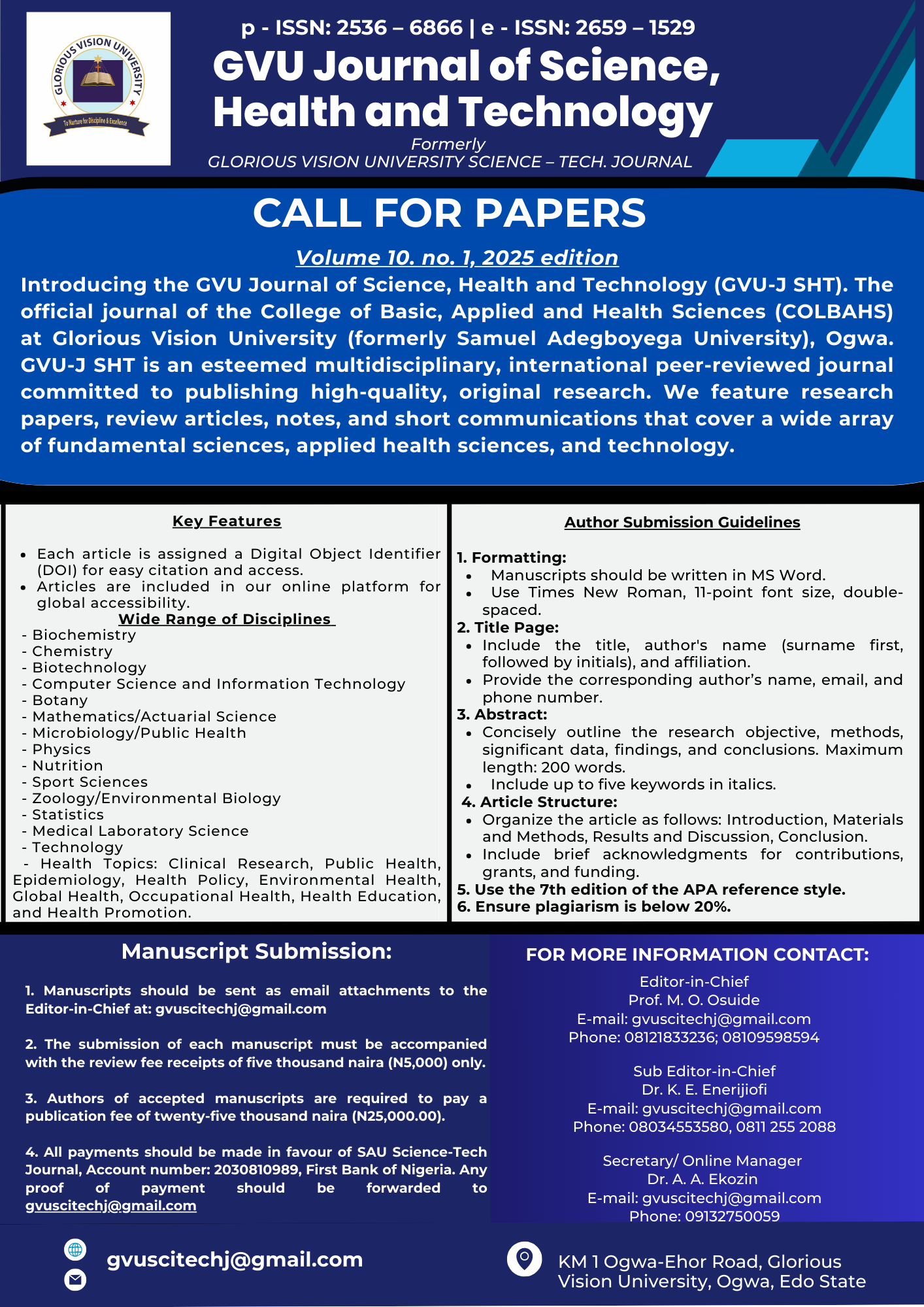Antibacterial Activity of Emperor Scorpion (Pandinus imperator) Venom Against Selected Bacterial Strains
DOI:
https://doi.org/10.5281/zenodo.13287122Keywords:
Emperor Scorpion, Pandinus imperator, Scorpion Venom, Antimicrobial Peptides, Antibacterial ActivityAbstract
Antimicrobial peptides (AMPs) are essential components of the innate immune system that exhibit potent antimicrobial activity against a broad range of microorganisms. Scorpion venoms, with their diverse molecular compositions, are recognized as rich sources of AMPs. This study explores the antimicrobial potential of Emperor Scorpion (Pandinus imperator) venom against bacteria isolated from drinking water sources. The venom was analyzed for its physiochemical characteristics, revealing it as a colorless, odorless, transparent liquid with a pH of 4.5 that dries quickly at room temperature. Venom was collected from 50 Emperor Scorpions via electrical stimulation, purified, and tested against bacterial isolates including Escherichia coli, Pseudomonas aeruginosa, and Acinetobacter baumannii. Bacterial identification was confirmed using Analytical Profile Index (API) kits. The results demonstrated concentration-dependent antibacterial activity, with the highest zone of inhibition at 11.5 mm (100% concentration) against Pseudomonas aeruginosa. Minimum inhibitory concentration (MIC) values ranged from 25% to 50%, and minimum bactericidal concentration (MBC) was 75%. The venom's efficacy was comparable to commercial antibiotics. These findings highlight the potential of Emperor Scorpion venom as a non-toxic antibacterial agent and suggest avenues for further research, including scorpion farming, advanced extraction methods, and public awareness to maximize the benefits of this natural resource.




